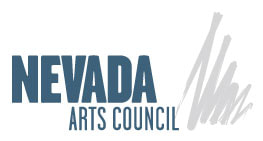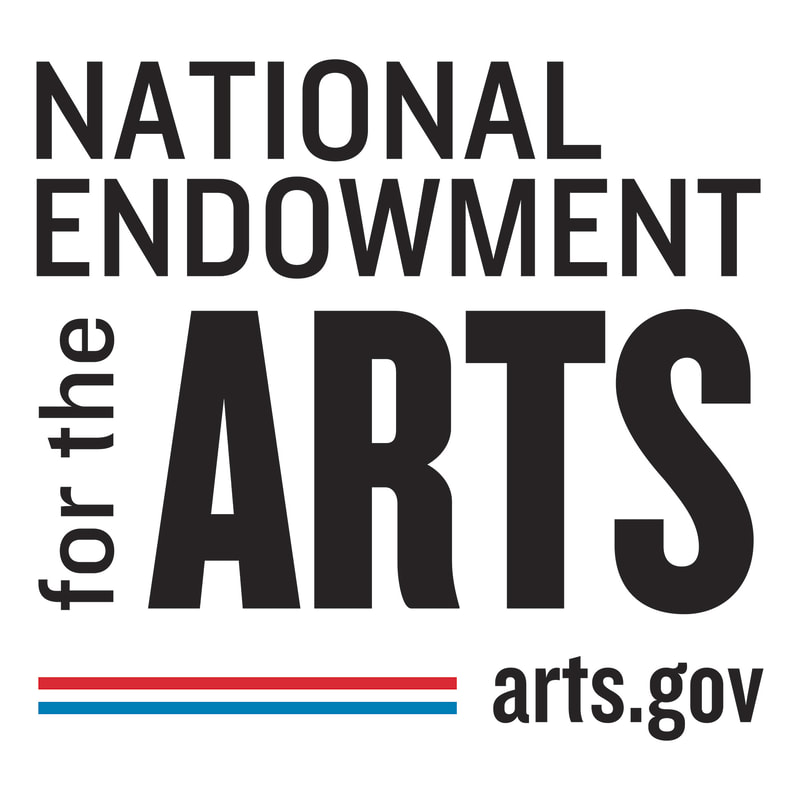Stan Miller |
|
Stan Miller Painting the Portrait and Landscape in Watercolor Workshop
Join Stan Miller as he walks you through the development of realistic portrait and landscape paintings.
March 6 to March 8, 2019
9:00am - 4:00pm each day
Member Fee: $265
Non-Member Fee: $325
See recommended SUPPLY LIST at the bottom of this page.
Your SWS Workshop Coordinator for this event is: Linda Parisi, [email protected]
Join Stan Miller as he walks you through the development of realistic portrait and landscape paintings.
March 6 to March 8, 2019
9:00am - 4:00pm each day
Member Fee: $265
Non-Member Fee: $325
See recommended SUPPLY LIST at the bottom of this page.
Your SWS Workshop Coordinator for this event is: Linda Parisi, [email protected]
YOU MUST REGISTER BY FORM ON THIS SITE.
CHECKS MAILED WITHOUT FORM COMPLETION WILL NOT BE ACCEPTED.
CHECKS MAILED WITHOUT FORM COMPLETION WILL NOT BE ACCEPTED.
About the workshop
In Stan's workshop, he will be guiding students through both, portrait and landscape subjects. Handouts of both portrait and landscape will be provided each day. Students may choose to do just a portrait or landscape following along with Stan. Students are also welcome to work from their own photos if they want. Stan will visit with each student throughout the workshop. Technique, color, design, and composition will be discussed and demonstrated. Choosing paintable subjects will be addressed as well.
About the Artist
Stan Miller was born on a small fame in SE South Dakota. He was one of 7 children. Stan moved to Spokane, WA when he was 15 years old and graduated from Spokane Falls Community College with an Applied Arts Degree and a Commerical Art Degree. He remembers getting a "C" in his first watercolor class so took the class again and received an "A". This is when he fell in love with watercolor. He has been teaching since 1976 and loves it almost as much as painting. His awards are numerous such as ones from the American Watercolor Society International Exhibition (NYC), Quindao International Watercolor Exhibition (China), Artist Magazine Competition, and the Grand Prize from Watercolor Magic National Competition.
For further information: www.stanmiller.net
SWS Online Registration!
SWS is now asking all members to register online for workshops.
The full workshop fee is due at the time of registration. You can pay online with a credit card! Or you can still mail your check payment, payable to SWS. Mail check payments to: SWS, c/o Laurel Sweigart, P.O. Box 70564, Reno, NV, 89570.
The SWS will not secure a workshop seat without online registration and timely payment. If paying by check, your seat will be reserved for one week only without payment (so do not forget to put that check in the mail).
Online entry will streamline workshop management and payment processes, as well as allow for efficient communications with workshop attendees about the workshop. Thank you for helping our fabulous SWS organization strive to make our volunteers' duties more efficient (and less time consuming)
We know this is still a relatively new process, so please do not hesitate to ask for assistance and clarification if you need help navigating the online form and payment procedures.
In Stan's workshop, he will be guiding students through both, portrait and landscape subjects. Handouts of both portrait and landscape will be provided each day. Students may choose to do just a portrait or landscape following along with Stan. Students are also welcome to work from their own photos if they want. Stan will visit with each student throughout the workshop. Technique, color, design, and composition will be discussed and demonstrated. Choosing paintable subjects will be addressed as well.
About the Artist
Stan Miller was born on a small fame in SE South Dakota. He was one of 7 children. Stan moved to Spokane, WA when he was 15 years old and graduated from Spokane Falls Community College with an Applied Arts Degree and a Commerical Art Degree. He remembers getting a "C" in his first watercolor class so took the class again and received an "A". This is when he fell in love with watercolor. He has been teaching since 1976 and loves it almost as much as painting. His awards are numerous such as ones from the American Watercolor Society International Exhibition (NYC), Quindao International Watercolor Exhibition (China), Artist Magazine Competition, and the Grand Prize from Watercolor Magic National Competition.
For further information: www.stanmiller.net
SWS Online Registration!
SWS is now asking all members to register online for workshops.
The full workshop fee is due at the time of registration. You can pay online with a credit card! Or you can still mail your check payment, payable to SWS. Mail check payments to: SWS, c/o Laurel Sweigart, P.O. Box 70564, Reno, NV, 89570.
The SWS will not secure a workshop seat without online registration and timely payment. If paying by check, your seat will be reserved for one week only without payment (so do not forget to put that check in the mail).
Online entry will streamline workshop management and payment processes, as well as allow for efficient communications with workshop attendees about the workshop. Thank you for helping our fabulous SWS organization strive to make our volunteers' duties more efficient (and less time consuming)
We know this is still a relatively new process, so please do not hesitate to ask for assistance and clarification if you need help navigating the online form and payment procedures.
Recommended
Stan Miller Watercolor Painting Supply List
(If you already have w/c supplies, you need not purchase anything. Note options below)
Watercolor Paper: I use and recommend Arches 140-lb cold press for all students, otherwise, cold or hot press. Other types of paper are more or less acceptable depending on student’s experience. 1 or 2 sheet minimum (22”by30”) recommended, on length of workshop. (w/c block or 300 lb. is also fine)
Watercolor brushes: Beginning students need a 1” flat watercolor brush, synthetic or natural bristle. A good brush costs at least $10 (unless on sale) and one shouldn’t spend more than $30 (unless you are a more advanced painter). I also recommend a ½” flat brush or a medium sized (#8-15) round and a small round (#5-7). Intermediate to advanced students need not purchase new brushes.
Watercolor Palette: There are many types of acceptable palettes. I use the John Pike Palette. A simple white plate will work for the beginner. Make sure that your palette has a fairly large mixing area…or use a while plate to accompany a palette that doesn’t.
Watercolor Paints: All students need TUBES of paint. Paynes Gray or Lamp Black or some kind of a black. They also need a strong red, yellow and blue. I usually use Grahams paints: Phthalocyanine Blue (Red Shade), Quinacridone Red and Hansa or Azo Yellow. If you cannot get these specific colors then try to find a color chart for the colors that you are considering. Find the brightest and most intense red, yellow and blue. For students that already have colors, you need not purchase new ones. Additional colors are optional depending on your experience level. A strong purple, green and orange and a titanium white is recommended.
Water container: Should be able to hold at least a pint of water:
Sponge: An inexpensive grocery store sponge, not an art store sponge. Paper towels will also work.
Mechanical Pencil, Masking take and eraser (suggest kneaded eraser)
Subject Photos: If students are not going to use instructor handouts, they need to bring subject matter photos. Some images need to be enlarged to at least 8 x 10 size. Higher contrast photos (very black and white) are much easier to paint.
OPTIONAL SUPPLIES: If you already have w/c supplies you need not purchase listed materials, but compare your supplies with instuctors.
Hair Dryer, sketch paper or scrap watercolor paper.
Watercolor Board: A soft plywood or pine board. Gator board or Mahogany plywood also works. ¼” to ½” is plenty thick. No bigger than 24” x 30” (Watercolor blocks are fine or for 300 lb paper, no board is required.
Stapler or staple gun to staple paper to board.
Optional colors: Colbalt Blue, Winsor Blue (green shade and red shade), Cerulean Blue, Winsor Green (blue shade), Winsor Violet, Burnt Umber, Raw Sienna, Burnt Seinna, Alizarin Crimson, Quinacridone Red, Vermillion, Cadmium Orange, Gamboge, Cadmium Yellow, Naples Yellow, and Permanent, Zinc or Titanium White.
Wet Medial or Prepared Acetate: To place over painting and paint corrections on acetate.
If you have questions, please feel free to email me: [email protected]
Stan Miller Watercolor Painting Supply List
(If you already have w/c supplies, you need not purchase anything. Note options below)
Watercolor Paper: I use and recommend Arches 140-lb cold press for all students, otherwise, cold or hot press. Other types of paper are more or less acceptable depending on student’s experience. 1 or 2 sheet minimum (22”by30”) recommended, on length of workshop. (w/c block or 300 lb. is also fine)
Watercolor brushes: Beginning students need a 1” flat watercolor brush, synthetic or natural bristle. A good brush costs at least $10 (unless on sale) and one shouldn’t spend more than $30 (unless you are a more advanced painter). I also recommend a ½” flat brush or a medium sized (#8-15) round and a small round (#5-7). Intermediate to advanced students need not purchase new brushes.
Watercolor Palette: There are many types of acceptable palettes. I use the John Pike Palette. A simple white plate will work for the beginner. Make sure that your palette has a fairly large mixing area…or use a while plate to accompany a palette that doesn’t.
Watercolor Paints: All students need TUBES of paint. Paynes Gray or Lamp Black or some kind of a black. They also need a strong red, yellow and blue. I usually use Grahams paints: Phthalocyanine Blue (Red Shade), Quinacridone Red and Hansa or Azo Yellow. If you cannot get these specific colors then try to find a color chart for the colors that you are considering. Find the brightest and most intense red, yellow and blue. For students that already have colors, you need not purchase new ones. Additional colors are optional depending on your experience level. A strong purple, green and orange and a titanium white is recommended.
Water container: Should be able to hold at least a pint of water:
Sponge: An inexpensive grocery store sponge, not an art store sponge. Paper towels will also work.
Mechanical Pencil, Masking take and eraser (suggest kneaded eraser)
Subject Photos: If students are not going to use instructor handouts, they need to bring subject matter photos. Some images need to be enlarged to at least 8 x 10 size. Higher contrast photos (very black and white) are much easier to paint.
OPTIONAL SUPPLIES: If you already have w/c supplies you need not purchase listed materials, but compare your supplies with instuctors.
Hair Dryer, sketch paper or scrap watercolor paper.
Watercolor Board: A soft plywood or pine board. Gator board or Mahogany plywood also works. ¼” to ½” is plenty thick. No bigger than 24” x 30” (Watercolor blocks are fine or for 300 lb paper, no board is required.
Stapler or staple gun to staple paper to board.
Optional colors: Colbalt Blue, Winsor Blue (green shade and red shade), Cerulean Blue, Winsor Green (blue shade), Winsor Violet, Burnt Umber, Raw Sienna, Burnt Seinna, Alizarin Crimson, Quinacridone Red, Vermillion, Cadmium Orange, Gamboge, Cadmium Yellow, Naples Yellow, and Permanent, Zinc or Titanium White.
Wet Medial or Prepared Acetate: To place over painting and paint corrections on acetate.
If you have questions, please feel free to email me: [email protected]
Contact usSierra Watercolor Society
P.O. Box 70564, Reno, NV, 89570 |
|
|
We welcome everyone, regardless of age, ability, race, religion, culture, sexual orientation, gender, or gender identity.
|
Entire site copyright ©2012-2022 Sierra Watercolor Society.
All rights reserved. Website by Good Ink |




